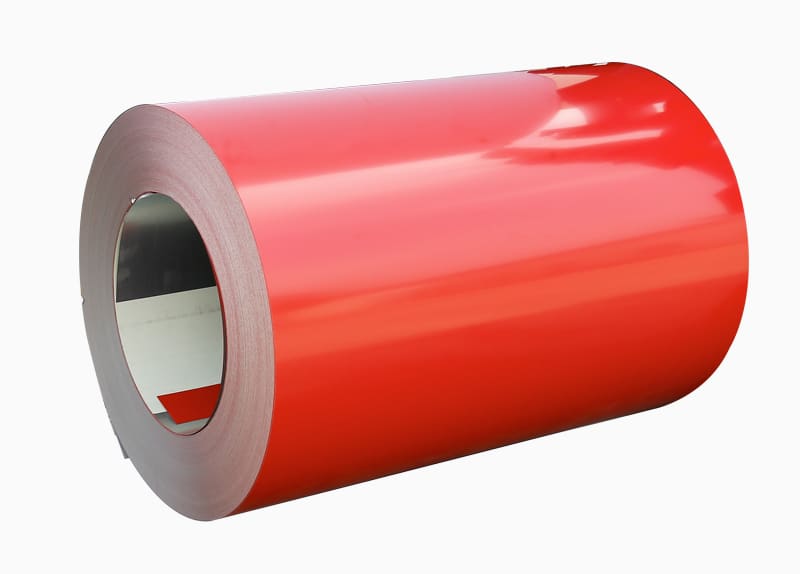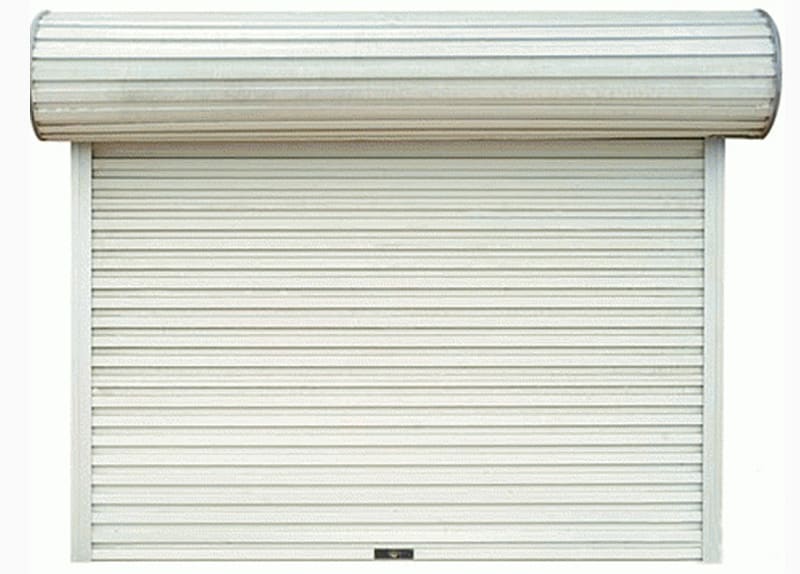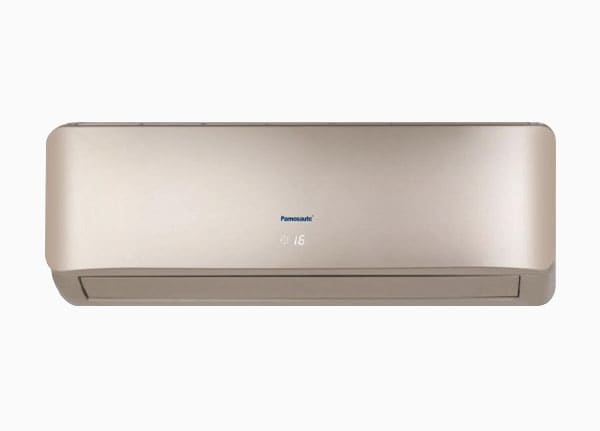- no.8,zaolin road,
longxiang street,
tongxiang,zhejiang,china - +86 573 89381086[email protected]
- DownloadsPDF Brochures
The corrugated PPGI sheet has emerged as a cornerstone material in modern construction and various industrial applications. PPGI stands for Pre-Painted Galvanized Iron, and the addition of corrugation—a process of folding the material into a series of parallel ridges and grooves—transforms a flat sheet into a product offering enhanced strength and rigidity. This combination of protective coating and structural geometry makes the corrugated PPGI sheet an extremely popular choice globally.
The superior performance of the corrugated PPGI sheet begins with its composition.
Galvanization: The base material is steel, which is first coated with a layer of zinc—the 'GI' (Galvanized Iron) part. This galvanizing process provides excellent protection against rust and corrosion, particularly in moist or harsh environments. The zinc acts as a sacrificial anode, meaning it corrodes before the underlying steel, preserving the structural integrity of the sheet for a long time.
Pre-Painting: The 'PP' (Pre-Painted) component involves applying multiple layers of paint, including a primer and a top coat, to the galvanized steel coilbeforeit is formed into the final sheet. This factory-applied paint is cured under controlled conditions, resulting in a highly uniform, durable, and aesthetic finish that is superior to post-painting methods. The paint provides a second layer of defense against weathering and can be customized in a wide array of colors and finishes.
The characteristic wavy profile is what elevates the structural utility of the corrugated PPGI sheet.
Increased Strength and Stiffness: The corrugation process significantly increases the sheet's moment of inertia, making it far stiffer and stronger than a flat sheet of the same thickness. This allows the sheets to span greater distances with minimal support, reducing the overall structural steel required for a project.
Load-Bearing Capacity: The ridges and grooves effectively distribute loads across the surface, giving the sheet a much higher load-bearing capacity, essential for roofing where it must withstand heavy winds, snow, or service loads.
Efficient Drainage: The profile of the sheet facilitates the quick and efficient run-off of rainwater, preventing ponding and minimizing the risk of water ingress. Different profiles, such as sinusoidal (classic wave) or box-rib (trapezoidal), are available to suit specific design and loading requirements.

The versatility, durability, and cost-effectiveness of the corrugated PPGI sheet make it indispensable across many sectors:
Roofing and Cladding: This is perhaps the most common application. They are widely used for residential, commercial, and industrial roofing and wall cladding due to their excellent weather resistance and ease of installation.
Warehouses and Factories: The strong, lightweight nature of the sheets makes them ideal for large-span structures like industrial buildings, providing a quick and economical envelope solution.
Agricultural Buildings: From barns to poultry houses, PPGI sheets offer hygienic, durable, and easily maintainable surfaces.
Fencing and Partitioning: Their robust nature is also utilized for temporary or permanent site hoarding, boundary walls, and internal partitioning in large facilities.
In conclusion, the corrugated PPGI sheet offers an optimal blend of material science and engineered structure. Its galvanized base ensures corrosion protection, the pre-painted finish provides long-lasting aesthetics, and the corrugation guarantees strength and ease of use, securing its place as a reliable and high-value building material.

With high anti-rust performance, they are popular used in co...

PPGI / PPGL COIL full name is prepainted galvanized / galval...

Port:Zhejiang,China Advantages of Our Prepainted Galvanized ...

APPLICATION OF PPGI Construction:Outside:Workshop, agricultu...

